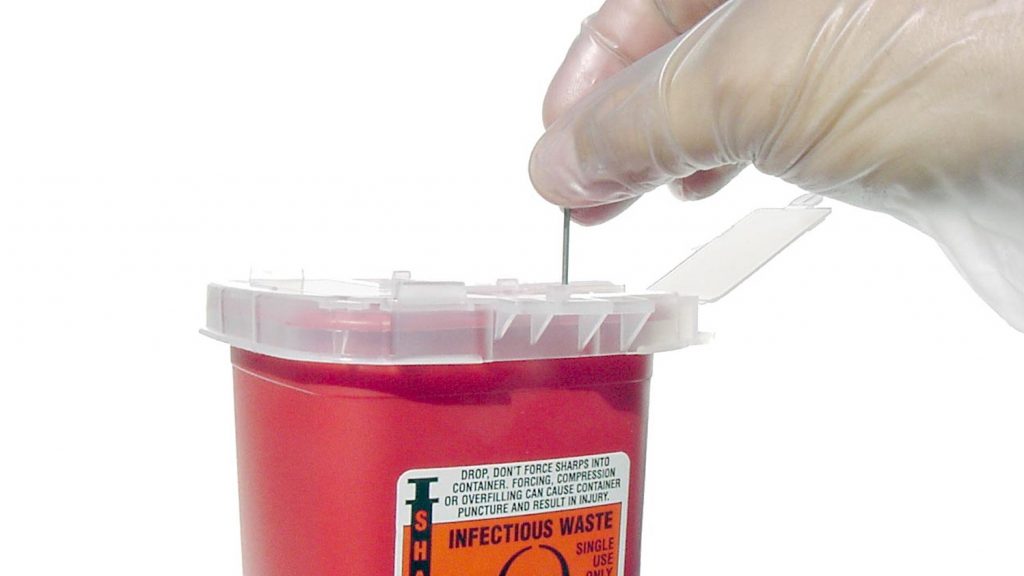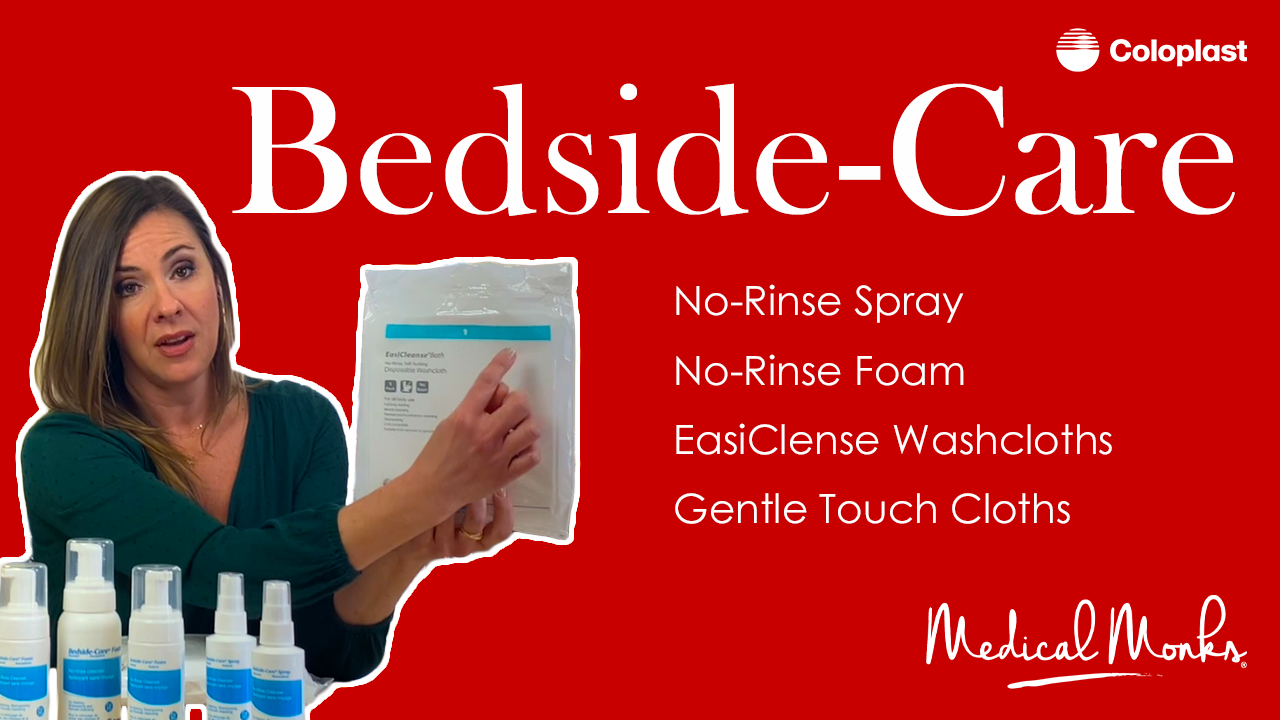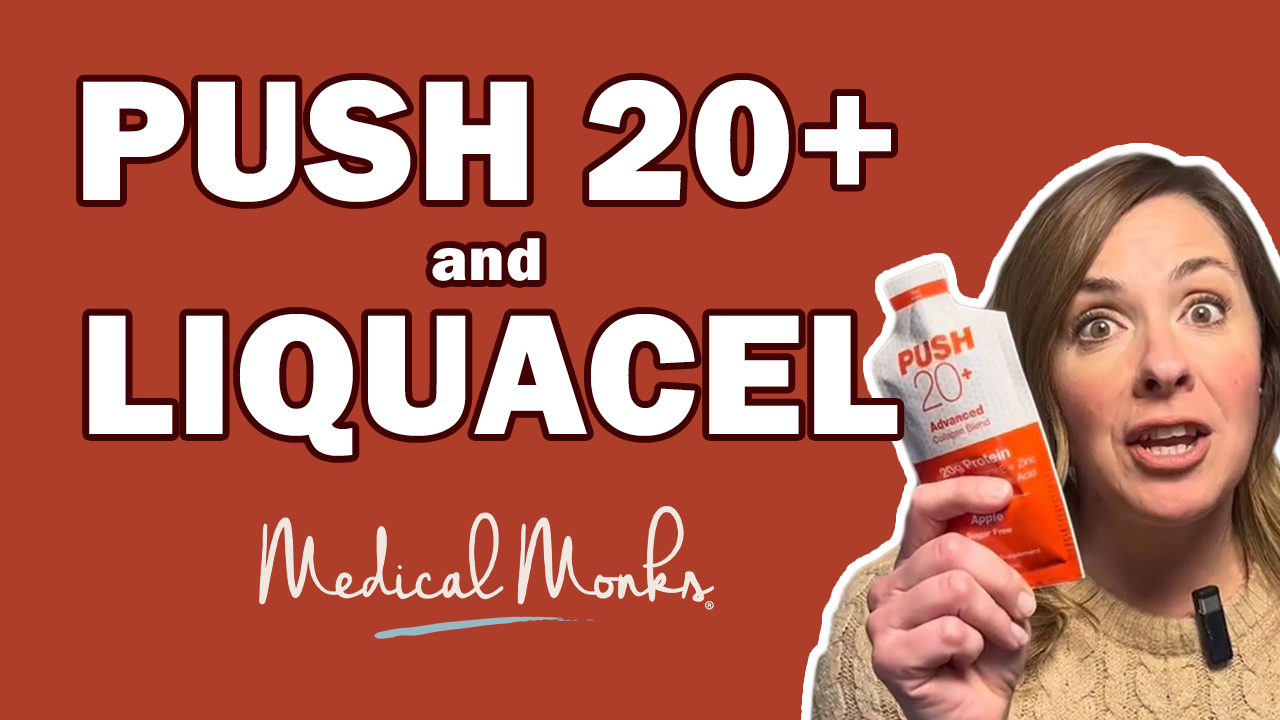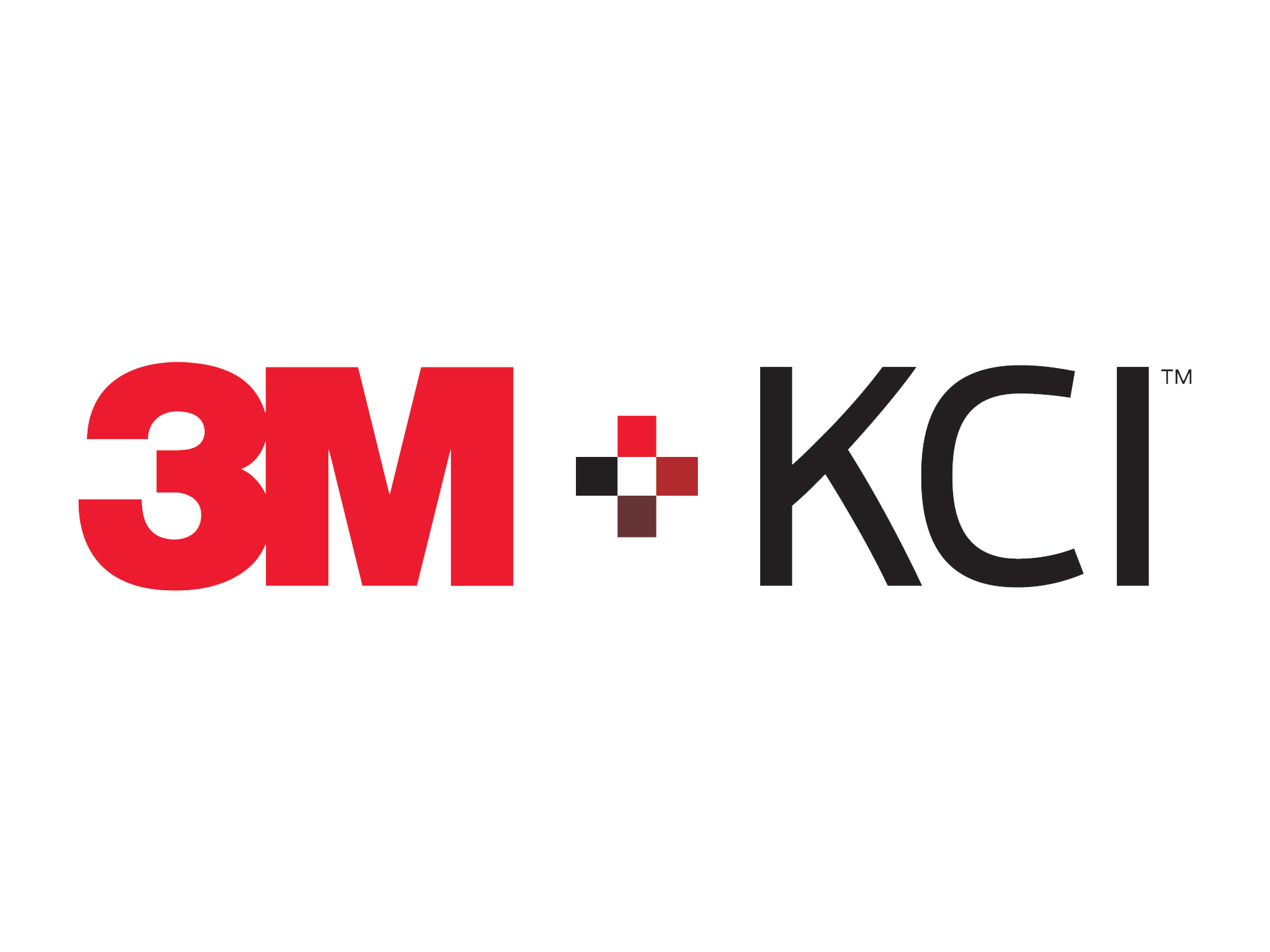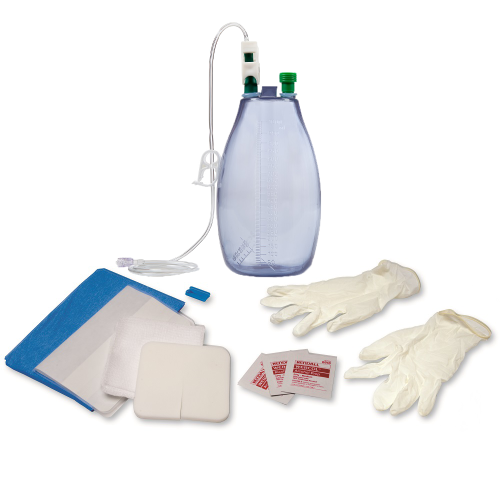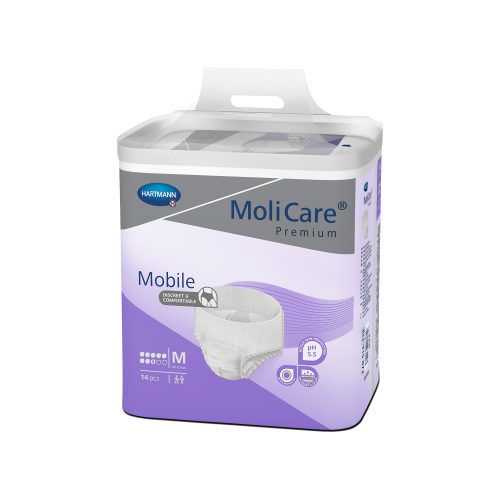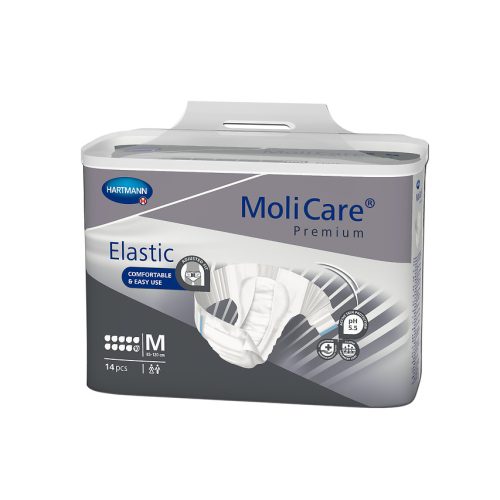Medical waste — from needles and syringes to linens contaminated with bodily fluids — is never just thrown into the trash. Instead, hospitals, patient care and research facilities must ensure these contents are correctly packaged before the appropriate entity picks them up for disposal. Medical waste disposal containers play a crucial role in this process.
What Is Medical Waste?
Medical waste constitutes any items related to treatment or diagnosis within a hospital, other patient care or laboratory location. Realize that medical waste can potentially pose a health or safety hazard. In turn, these facilities need to follow appropriate protocols for classifying and disposing of said waste, based on Department of Transportation (DOT) and Occupational Safety and Health Administration (OSHA) requirements.
The Environmental Protection Agency (EPA) classifies medical waste as any object in contact with patient blood, bodily fluids or another potentially infectious substance. The types of medical waste include:
- Infectious waste, stored and labeled in a red bag. This category extends from blood, cultures, and blood- and fluid-containing bandages to body parts and surgical waste.
- Hazardous waste encompasses chemicals, medications like chemotherapy compounds that may pose a hazard to others, as well as sharps. Sharps – which refers to needles, syringes, broken glass, scalpels, lancets, and other objects with an edge that may puncture or slice the skin – have a separate, specific disposal procedure, which will be discussed further below.
- Radioactive waste includes liquids used for cancer therapy and laboratory research, as well as supplies that have been in contact with these substances.
What Is a Medical Waste or Sharps Container?
The FDA specifically describes sharps containers as being made from stiff, durable, puncture-resistant materials, including plastic or metal, and featuring leak-resistant sides and a base. A sharps container needs a secure, puncture-resistant lid with an opening that lets medical professional deposit any of the tools and materials listed above and that prevents them from falling out. This design helps reduce injuries and infections related to sharps exposure.
Within the overall scheme of disposing medical waste, these containers:
- Help keep workers safe and reduce environmental exposures, in accordance with OSHA, EPA and DOT regulations.
- Offer a clearly labeled, designated spot for depositing medical waste.
- Contain the waste until it’s disposed of, even if it’s accidentally knocked over.
Specifically concerning sharps containers, this disposal solution helps with reducing the number of needlestick injuries. The Centers for Disease Control and Prevention (CDC) has estimated that about 40% of such injuries occur after use, including in relation to disposal methods. Along with durable construction, these medical waste containers need to be correctly labeled for their hazard and are designed to remain upright.
What Sizes Do Sharps Containers Come In?
Sharps containers range from travel size to larger baskets, carts, and wall units. These hold just under a quart to up to 20 gallons.
While smaller containers accommodate home and travel, the appropriate size is based on:
- The type and size of the sharps you use. The container and lid must safely hold all sharps, no matter the size and type, including the largest-size sharps you will be disposing of.
- How much sharps waste you generate? Realize that a one-quart container can hold up to 500 needles. The same size container holds just under 40 syringes.
- How quickly you generate that waste.
Types of Sharps Containers
The container type is classified based on its lid design, which affects how it operates.
- Hinge caps include a locking design that needs to be manually closed and opened. This container type tends to be ideal for lower rates of sharps generation.
- Horizontal entry includes a wider entry point, combining a mailbox-style lid with the locking design of a hinge cap.
- Side entry lets you deposit sharps on one side, limiting access to the container. This tends to be ideal if you use just one type of sharp.
- Always open is also horizontally situated but creates a barrier against sharps exposure. The lid also doesn’t need to be manually closed or opened each time.
- Foot operated is found more often on larger sharps containers.
Additional considerations for your medical waste disposal container include:
- Color: For sharps containers, you’ll typically see red bins with a biohazard sticker.
- Opacity: The less opaque the container is, the easier it is to see how full it is.
- Stackable: Stackable designs are built for more efficient storage.
- Security: Sharps and other medical waste disposal containers can be built into the wall to keep contents more secure.
Color and Medical Waste Disposal
Color indicates which types of medical waste should be placed in the container. Although no federal color-coding requirements exist, states may have their own classification system. Common colors by medical waste disposal container include:
- Red: This indicates that the container includes biohazardous or sharps waste.
- Yellow: You’ll spot this for chemotherapy waste, as well as occasionally for soiled or contaminated linens.
- Black: These containers are for RCRA-regulated materials.
- Blue: These containers are for non-RCRA pharmaceutical waste.
How Do You Dispose of Needles and Syringes?
In considering a facility’s full disposal plan:
- Know what goes into a sharp’s container. This includes needles and syringes, as well as auto-injectors, infusion sets, scalpels, connection sets, lancets, wires, glass pipettes and broken glass and plastic.
- Sharps containers are equipped with a line at the three-fourths point. Once waste reaches this line, the container should no longer be used and should be closed and sealed for disposal. The lock must be secured on the box at this stage. Realize that filling past this line increases exposure risks to sharps and other medical waste and may even damage the container itself.
- Never mix syringes, needles, and other medical waste in with the trash. Along with colors, label sharps containers with a biohazard symbol, and trash containers with a standard waste disposal placard. Any trash that accidentally falls into the sharp’s container will be treated as medical waste.
- Keep the full sharps container in a location where no one will be exposed, and ensure this area remains clean.
- Your facility will need to follow DOT and state-level laws for medical waste disposal. Sharps must be packaged in a thick liner bag inside a puncture-resistant container. Larger packaging for bulk waste disposal must be made of puncture-resistant metal or non-porous plastic. Should liquids be present, absorbent materials need to be added to prevent leaks.
- Know who will be disposing of the waste and how. Solutions include collection sites, medical drop boxes, waste pickup and mail-back programs.
Sources:
https://www.fda.gov/medical-devices/safely-using-sharps-needles-and-syringes-home-work-and-travel/sharps-disposal-containers-health-care-facilities
https://www.fda.gov/medical-devices/safely-using-sharps-needles-and-syringes-home-work-and-travel/sharps-disposal-containers
https://www.medicalwastepros.com/articles/proper-medical-waste-containers/
https://www.medicalwastepros.com/2019/12/different-types-medical-waste-how-to-dispose-them/
https://blog.idrenvironmental.com/what-you-need-to-know-about-medical-waste-disposal-containers
https://medsharps.com/sharps-medical-waste-disposal-container-choices-durability/
